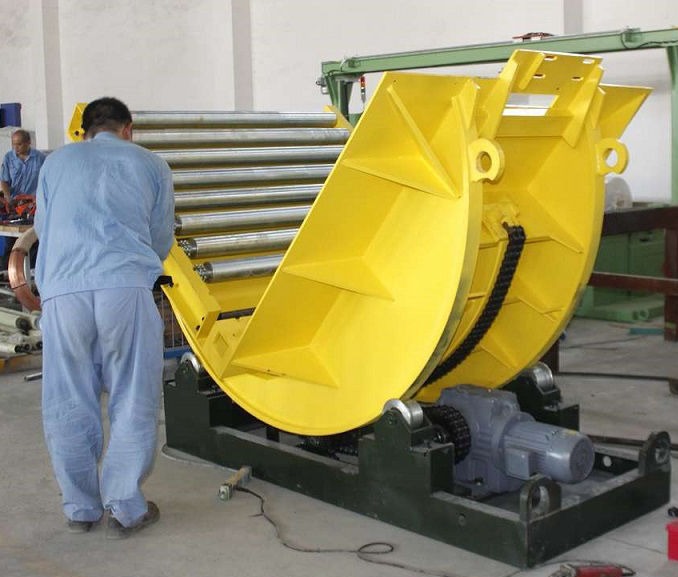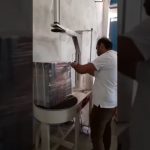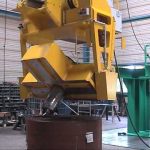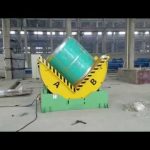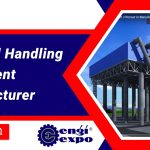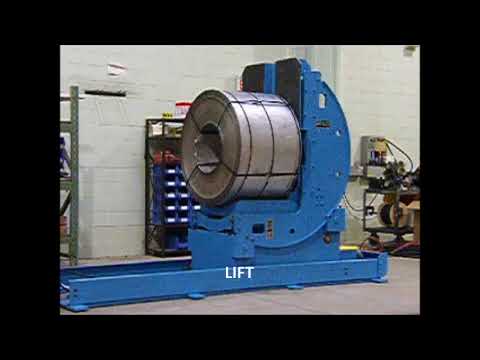
Introduction
In mold manufacturing industry, mold upender VS. traditional methods is becoming increasingly apparent, and the advantages of mechanical flipping are also becoming more apparent.
Which method is the right choice may be a problem that many customers are troubled by. In this article, we will explore this hot topic.
Traditional Tilting Methods
The following situations, traditional methods may offer effective in certain situations.
Manual tilting:
This method involves using a manual tilting mold.
It usually requires a group of workers to manually lift and tilt the mold to the desired position.
Although this method may be applicable to smaller molds or in situations where automation is not possible, It is a cluster type of work, and the physical demands on the workers concerned may be high.
The lifting mechanism or lifting mechanism:
the lifting mechanism or lifting mechanism system can be used to lift and tilt the mold.
Use the lifting mechanism or lifting belt to connect the mold to the lifting mechanism or lifting mechanism on the top, and then manually or with the help of hydraulic or mechanical mechanism to tilt it.
Compared with manual tilting, it This method provides more control and reduces the worker’s physical strain, but still requires manual intervention, and may have limitations in terms of accuracy and speed.
Forklift attachments:
Some forklifts can be equipped with special attachments that allow the mold to be tilted.
These attachments usually consist of a set of forks with a tilting mechanism. The forklifts are placed on the bottom of the mold to move the cargo, lift the mold, and then use the attachment to tilt the mold.
However. Compared with manual tilting, this method provides a higher level of flexibility and versatility, but it still depends on the skill of the forklift operator and may have limitations in terms of accuracy and stability.

Benefits of Mechanical Flipping with Mold Upenders
Mold upender plays an irreplaceable role and influence in controlling efficiency and safety.
Efficiency:
Mechanical turning method aims to optimize the turning process and increase efficiency to the maximum extent.
Compared with manual method, they generally provide faster turning speed, reduce downtime, improve overall productivity.
Through automatic control and precise positioning function, Machine rotation can quickly and accurately re-position the mold, reducing the time required for replacement or adjustment of the mold to the maximum extent.
Precision and control:
Mechanical turning equipment can accurately control the tilt angle and positioning of the mold.
This precision level ensures the consistency and accurate aiming of the mold during the turning process, reducing the error or misposition risk that may affect the final product quality.
Control translation Angling capability also allows better flexibility and ease of mold maintenance or cleaning.
Safety:
The mechanical turning method reduces manual handling to the maximum extent and reduces workers’ body strain.
Safety is prioritized. The use of automated equipment eliminates the need for manual lifting and tilting of heavy-type molds, reducing the injury risks associated with manual handling.
Furthermore, Mechanical turning equipment is usually equipped with safety functions such as sensors, interlock devices, and emergency stop mechanisms to prevent accidents and ensure operator safety.
Conclusion
It seems that although traditional methods have certain uses, mold upender appears to be a more correct choice in more important aspects.
